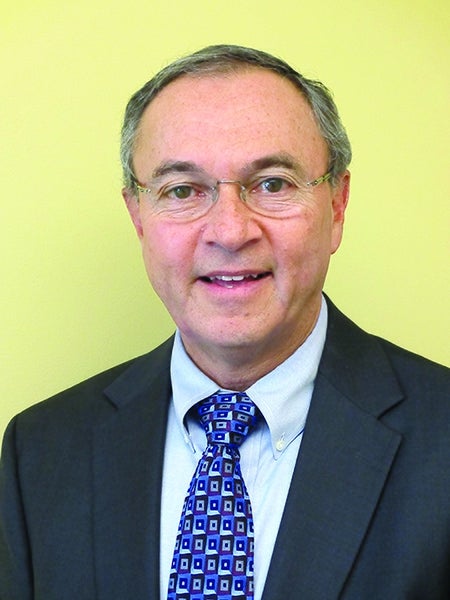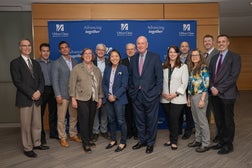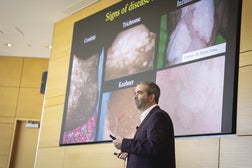Healthcare innovation: Conquering Lyme disease: A new approach?
 Mark S. Klempner
Mark S. Klempner
Lyme disease is the most prevalent vector-borne illness in the U.S., according to the Centers for Disease Control; and in 2014, 96 percent of confirmed cases were reported in 14 states, mostly in the Northeast and Midwest. Some of the heaviest concentrations were in Massachusetts and other New England States.
The Centers for Disease Control and Prevention lists Massachusetts as the state with the second highest number of confirmed Lyme disease cases in the United States, and Lyme disease is a growing public health concern for residents and visitors to Massachusetts. The population of the 15 states in which Lyme disease is endemic – and therefore poses a risk of infection – tops 130 million, not including visitors to those states.
MassBiologics, the biologics research and development arm of the University of Massachusetts Medical School, has taken on the challenge to discover and develop a medicine to prevent Lyme disease using a monoclonal antibody that provides pre-exposure prophylaxis (PrEP) by blocking transmission of the bacteria that causes Lyme disease from the tick to people.
So how can we fulfill our mission to insure the availability and affordability of this medicine?
To make the medicine available, it must be shown to be safe and effective, which will require additional research. The cost of that research can be divided into eight buckets:
- discovery of the medicine,
- preclinical testing to demonstrate that the medicine is effective and safe in the test tube and in animals,
- development of the processes to manufacture the medicine for human clinical investigation,
- clinical testing in people to demonstrate safety and then efficacy,
- consistent manufacture of the medicine to support regulatory filing,
- regulatory approval of the medicine,
- marketing, and
- distribution.
Each of these buckets holds widely varying amounts of cost, ranging from millions for discovery, small scale production and preclinical testing, to tens to hundreds of millions for human clinical testing, plus millions for regulatory, manufacturing, marketing and distribution. The clinical testing costs represent the largest portion of the overall development costs and include the three phases of clinical testing that are required for any new medicine to become licensed by the U.S. Food and Drug Administration.
Our influence on the affordability of a medicine to prevent Lyme disease is directly related to how quickly we can navigate the new medicine pathway. While the pharmaceutical industry has not addressed prevention of Lyme disease as a public health need largely because of concerns about the market and profitability, MassBiologics was founded on a mission to improve public health.
Mark S. Klempner, MD, is the executive vice chancellor for MassBiologics and professor of medicine at the University of Massachusetts Medical School.













0 Comments